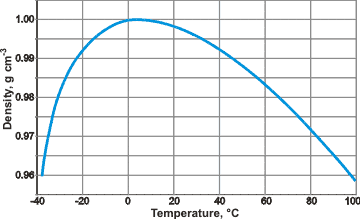Cold feet down deep?
For many Canadians, enjoying the cool waters of a freshwater lake represents the perfect way to escape the summer heat. The same is also true of many aquatic organisms, thanks to the temperature layering (known as the thermocline) which can be found in many temperate lake ecosystems!
Is your lake also solar heated?
Heated directly by the sun’s rays, the surface waters of a lake are at their warmest during the summer. Due to its higher temperature, this layer of warm water will have a lower density than the rest of the lake and remain at the surface; it is known as the epilimnion. Due to the abundance of sunlight, this layer supports a wide range of plants and algae which use photosynthesis to capture the sun’s energy.
Enter…the thermocline
While many northern lakes appear perfectly clear, the majority of them hold enough algae and sediment suspended in their waters that sunlight does not reach their full depth. The further the sun’s rays pass through the water column, the more likely they are to be absorbed or scattered. If you dive under the water of a lake or dangle your feet down into the depths, you may be able to feel the point where the water starts to become quite chilly! This occurs as a result of the reduced intensity of the sun’s rays as the water passes passes through the surface layer and reaches the metalimnion. The depth at which temperature begins to drop will vary from lake to lake, depending on the clarity of the water and the general climate of the region. As we descend down the thermocline, the temperature of the water gets colder and colder with depth until, abruptly, it stops getting colder. This occurs when the water temperature reaches 4°C, the point where it has its maximum density.
Why always 4°C?

One of water’s unique properties is that it reaches its maximum density just above its freezing point, at just below 4°C, which is why this water temperature is usually observed below the thermocline at the bottom of lakes. Since ice is actually less dense than the cold water underneath it, lakes will always freeze at the surface first and will have a layer of water at 4°C at the bottom year-round.
It’s cool down there!
This layer of uniformly cold water located at the bottom of the thermocline is known as the hypolimnion. Relatively little sunlight reaches these depths, and thus there are few plants or algae which live in this layer. However, the cold deep waters found here are essential for the health of fish populations. The temperature of a lake’s surface waters may actually be too great for the tolerance of many freshwater fish species at the height of the summer; due to the thermal layering of lakes, they are able to escape the summer heat in a similar way to the cottagers swimming right above them.
Want to learn more?
- Check out this primer on thermal layering and lake mixing.
